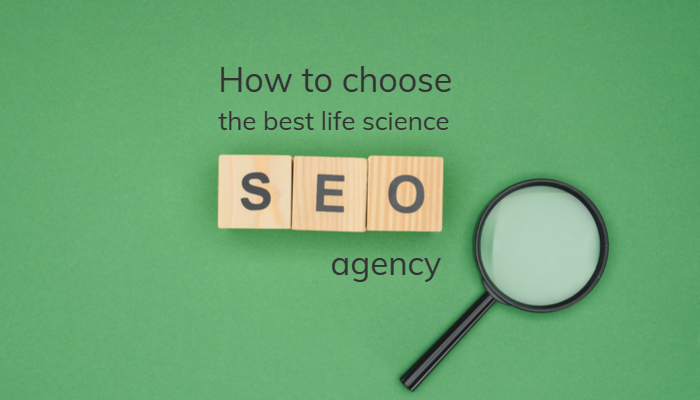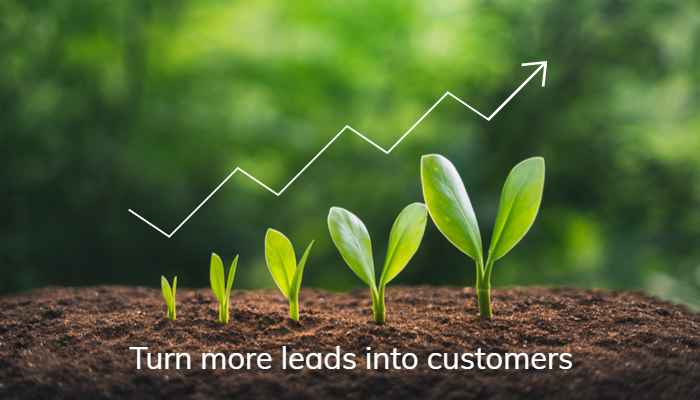
Unlocking dark social: An underexplored tool for demand generation in the life sciences
In the dynamic world of digital marketing, "dark social" is a term that is drawing more and more...
Read more
Clare Russell Marketing

In the dynamic world of digital marketing, "dark social" is a term that is drawing more and more...
Read more
Clare Russell Marketing








